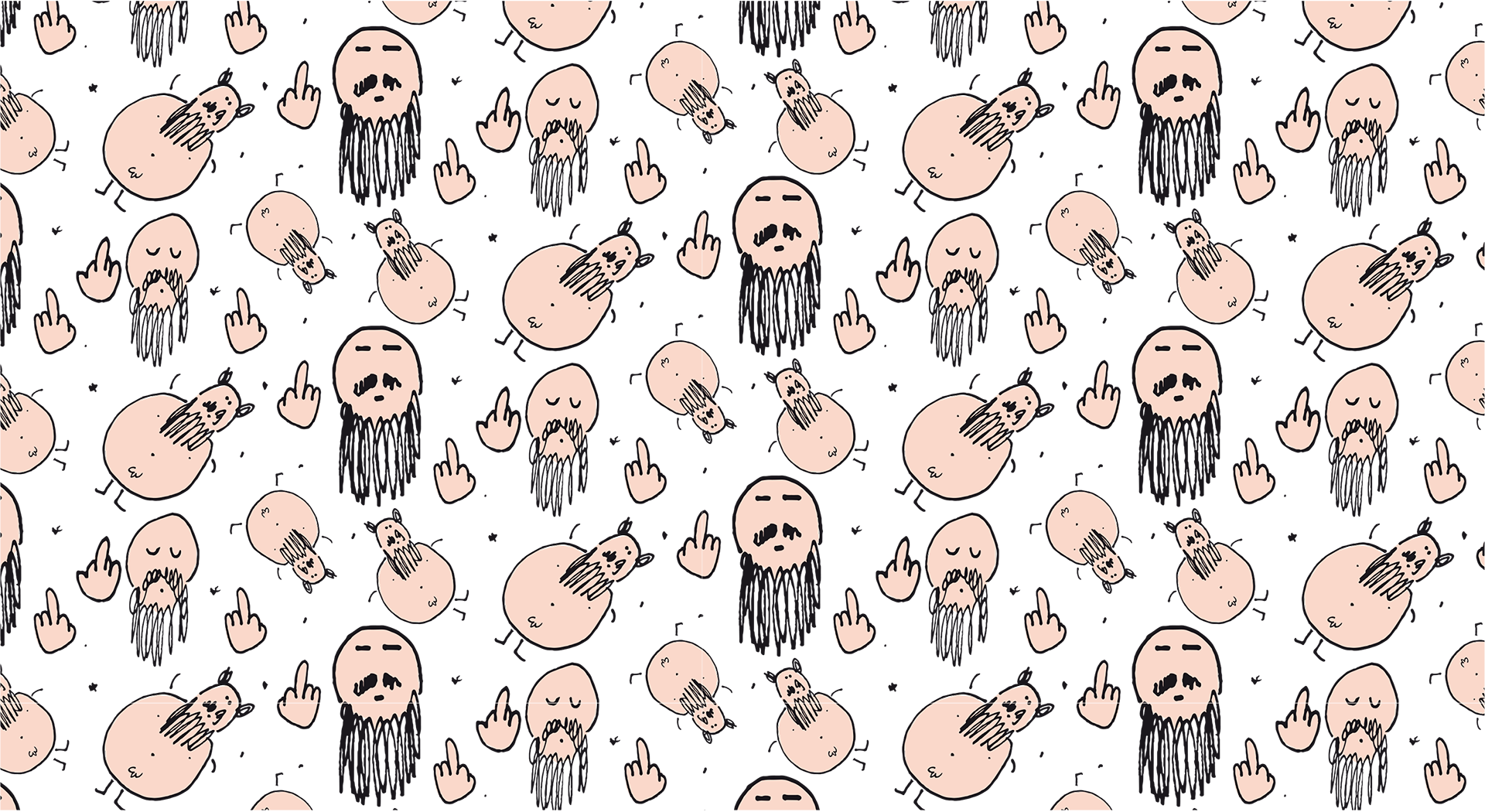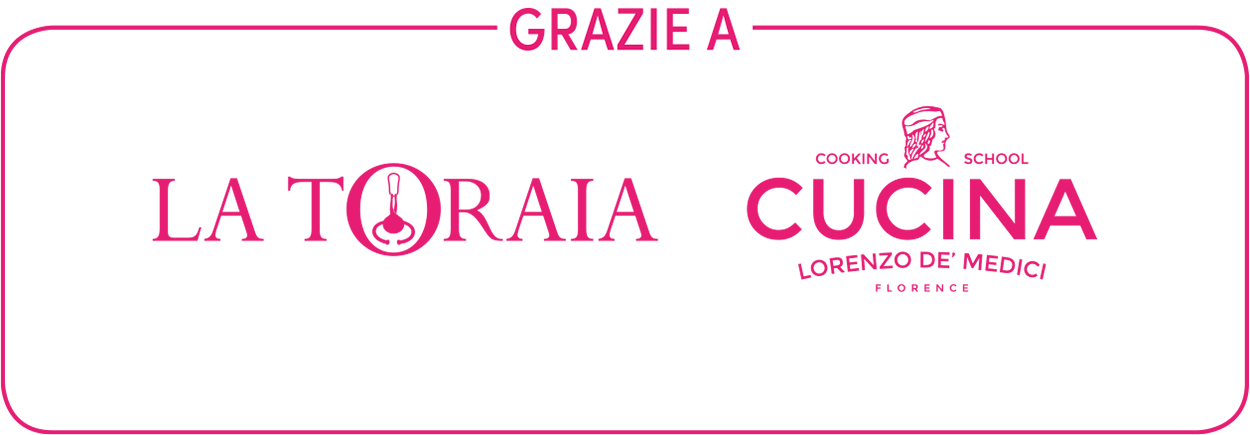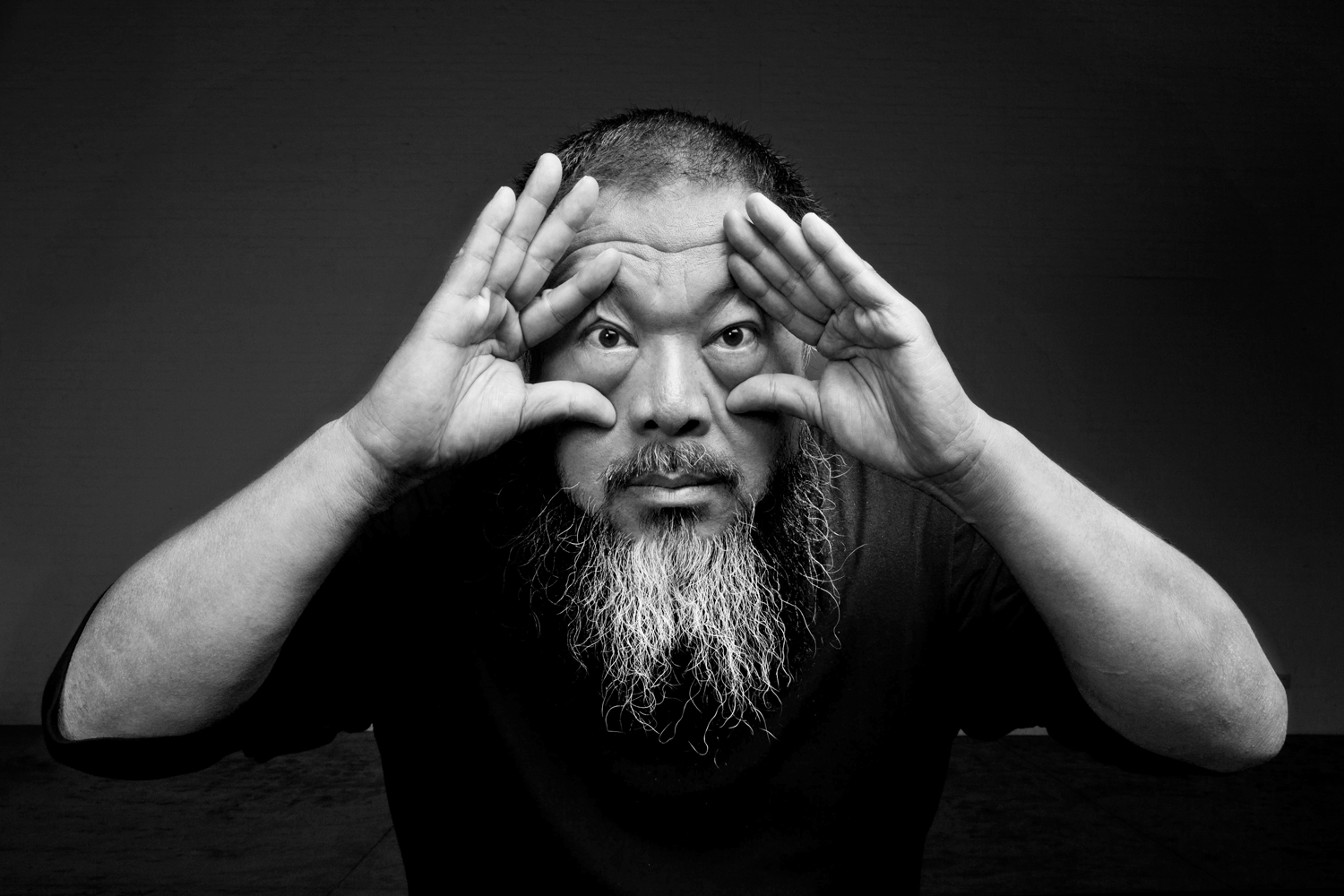
AI WEIWEI AT THE MERCATO CENTRALE
We began with the very simple idea that the places of everyday life and places of art don’t need to be separate. These days, art is no longer a privileged experience, something to be accessed only in the hallowed halls of museums and galleries, with the illusion, for those not directly involved in the work, of suddenly transforming from individuals immersed in our daily life, routine and social rapports into free and educated consumers of a message of beauty and truth, or into intelligent witnesses of a “unique” revelation, that is, the interior world, outside the ordinary, of the artist. Contemporary art seeks us out, it wants to reach us in the same places we live out our social lives; it asks us to be ready, “open,” at all times, for a dialogue with the forms, images and situations that can introduce into our lives – be it our work, our consumptions, amusement or relationships with others (and with places, histories, conversations) – the buzz for critical thought, the provocation of something “different,” the flutter of the contradictory – the insistent question of the meaning of what we are and what we do, here and now.
(D. Montano – Director General)
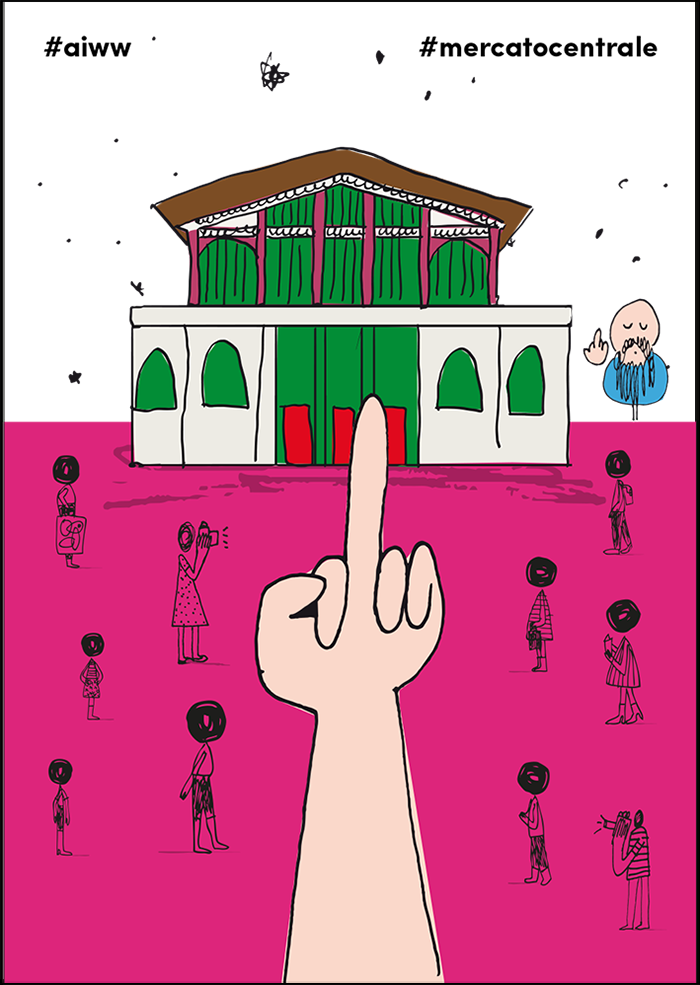
WE’RE OPENING THE SPACES OF THE MERCATO CENTRALE TO AI WEIWEI.
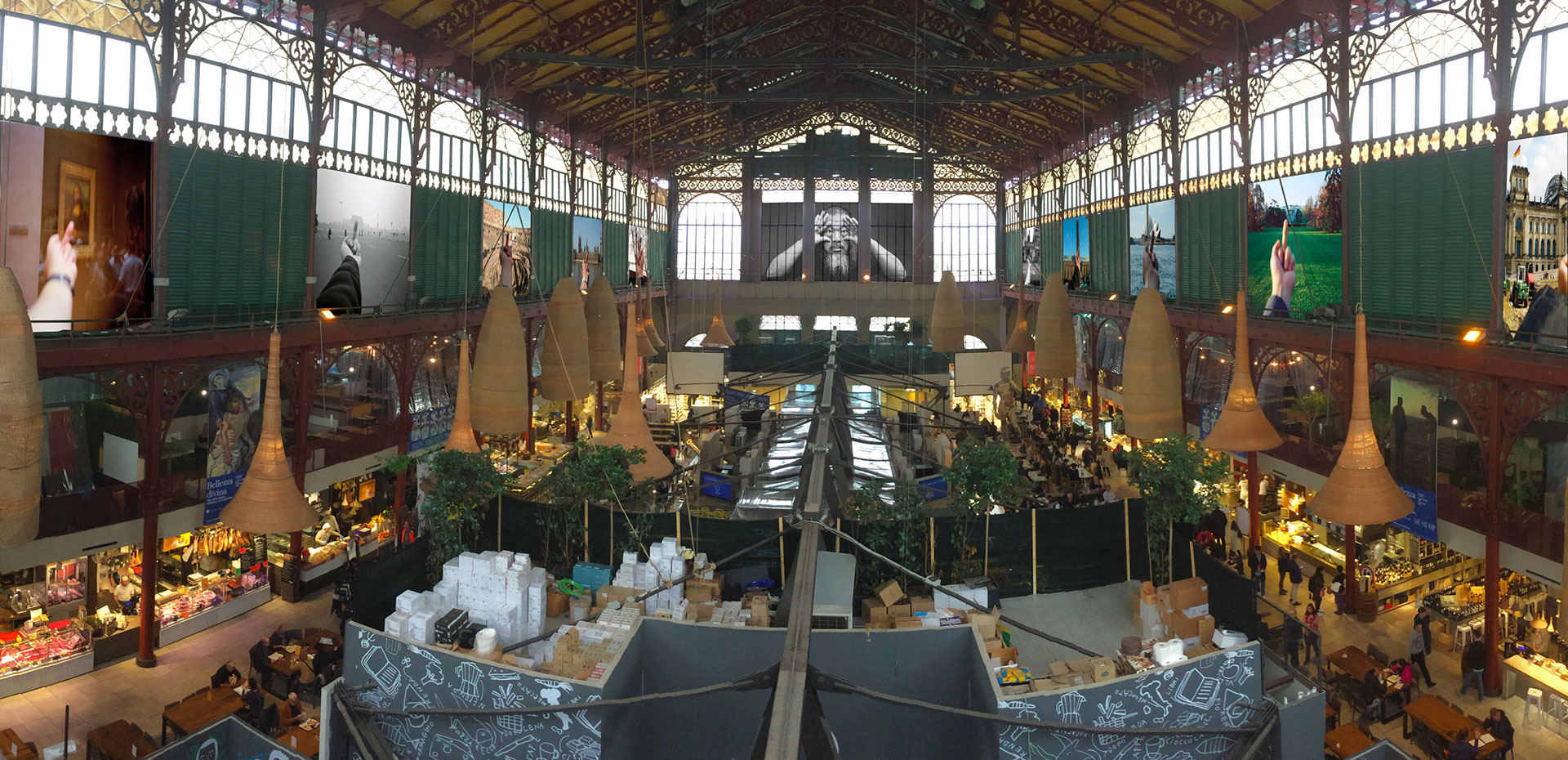
For the next few months, a series of photographs will occupy, at the top of one of our great 19th-century glass windows, one of the most visited public spaces in Florence. The series consists of images that repeat themselves, changing from a wide-angle view point that shows visible buildings, monuments and architecture, to the centre of the image (Study of Perspective is the title of the series) where you can see a middle finger
that extends towards its respective backgrounds in a vulgar gesture of contempt and provocation; the finger, the fist and the tense arm of the artist form the axis of perspective that guides our gaze. On the other side of the building another “escape” from perspective attracts our attention to an image,
but this time it’s only a gaze: Ai Weiwei looks at us, opening his eyes with his fingers, pressing into his eyes making them look small in his large distracted and deformed face. Maybe someone will give him the middle finger, to escape, compulsively, the compulsion to look.

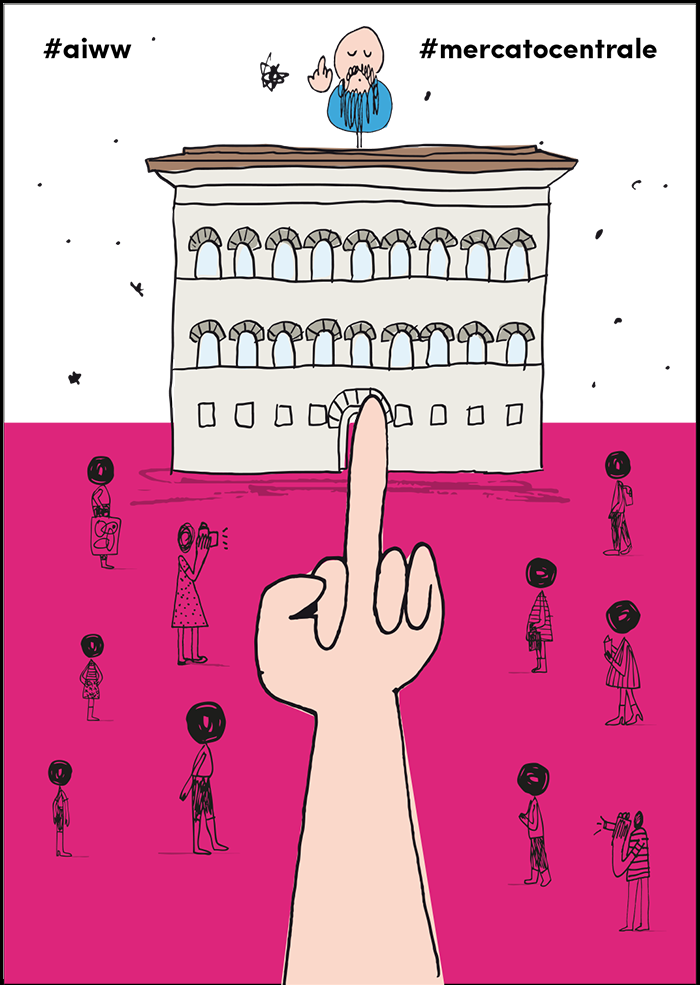
–
WEIWEI’S WORKS ARE VISITABLE
AT PALAZZO STROZZI, AT THE UFFIZI MUSEUM
AND AT MERCATO CENTRALE FLORENCE.
AT THE INFOPOINT OF MERCATO CENTRALE FLORENCE ARE AVAILABLE THE DISCOUNT TICKETS TO VISIT THE WEIWEI | LIBERO AT PALAZZO STROZZI.
AT PALAZZO STROZZI, AT THE UFFIZI MUSEUM
AND AT MERCATO CENTRALE FLORENCE.
AT THE INFOPOINT OF MERCATO CENTRALE FLORENCE ARE AVAILABLE THE DISCOUNT TICKETS TO VISIT THE WEIWEI | LIBERO AT PALAZZO STROZZI.
by Arturo Golansino – Director General of Palazzo Strozzi
“Born in Beijing in 1957, Ai Weiwei is famous both for his activism and for his art. He has been called the most influential artist of our time. His fame as a dissident is as well-known as his art and Ai Weiwei has continued to produce works that support his political beliefs, voicing his creativity and demonstrating his ability to experiment. From September 23, 2016 to January 22, 2017, more than 100 of the artist’s works, including installations, photographs and videos, are on show at Palazzo Strozzi, brought together for the first time in an exhibition that starts on the façade and continues to the courtyard, the first floor and the Strozzina Centre for Contemporary Culture. An important place for contemporary life in the city of Florence, the Mercato Centrale hosts an installation of 10 gigantic sections of one of the most famous photo series by Ai Weiwei: Study of Perspective. The images recount an ironic travel diary in which the artist put his camera between the face and the middle finger pointing at a location in the background of the shot. Through this provoking gesture the artist draws our attention to the iconic places of his life, but also to popular subject matter like monuments and museums, global symbols of political and cultural power often used as a background for tourist shots. The photos are often out of focus and not centred, emphasizing the instantaneous nature of the image and a humoristic and antirhetorical approach that communicates a strong aversion to cultural homogony in every form. Ai Weiwei doesn’t criticise power in a direct way, rather he uses symbols and his own way of interacting with his subject matter to achieve this.
The installation in Florence’s Mercato Centrale was, from the beginning, a technical and cultural challenge, as well as a provocative choice of high symbolic value. To use the market as a context for this work means to amplify its social impact, making the work interact with the everyday life and movements of those who work at or visit the market, residents and visitors alike. The art of Ai Weiwei constantly tackles actual social, political and cultural themes in a powerful and direct way, using heterogenous artistic language and drawing from many different social resources, often straddling both East and West. In this case, like the artist did in the department store, Le Bon Marché, in Paris in January of 2016, Ai Weiwei puts his art in the flow of life itself. As Karen Smith wrote in the exhibition catalogue: “For Ai Weiwei art is a frame in which reality is reflected. In his work, art and life blend together; not only his life, but everybody’s.”

